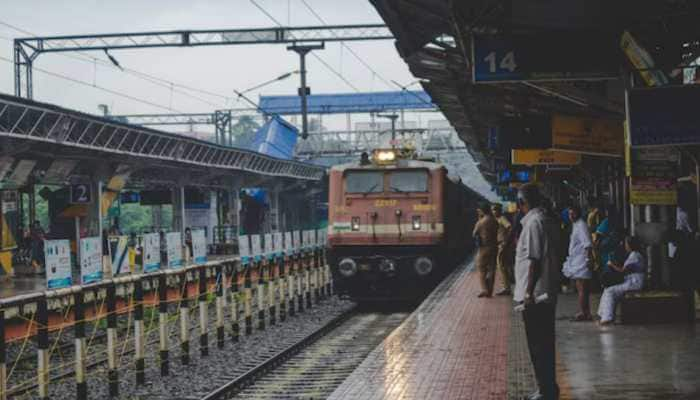Japan's H-IIA rocket lifts off with weather satellite 'Himawari-9' – Watch!
Himawari-9, which is second of two third-generation satellites in Japan’s Himawari weather-monitoring series, lifted off at 3.20 p.m. (local time) aboard the H-IIA F31 from Tanegashima Space Centre in Kagoshima prefecture.
Trending Photos
) The H-IIA rocket carrying Himawari 9 lifts off from the Tanegashima Space Center in Japan- Photo Credit: JAXA
The H-IIA rocket carrying Himawari 9 lifts off from the Tanegashima Space Center in Japan- Photo Credit: JAXA Tokyo: Japan on Wednesday afternoon successfully launched its latest weather satellite "Himawari-9" on board a H-IIA Launch Vehicle.
Himawari-9, which is second of two third-generation satellites in Japan’s Himawari weather-monitoring series, lifted off at 3.20 p.m. (local time) aboard the H-IIA F31 from Tanegashima Space Centre in Kagoshima prefecture.
The Japan Aerospace Exploration Agency (JAXA) and Mitsubishi Heavy Industries, Ltd. postponed the launch, which was originally scheduled for November 1, due to unfavourable weather conditions.
The 3,500 kg satellite separated from the rocket at 3.47 p.m., as scheduled, and successfully entered the geostationary transfer orbit with a high point of 35,976 km, a low point of 250 km and an orbit inclination of 22.4 degrees.
Himawari-9 aims to offer more detailed and more timely image of storms, clouds and other weather systems to forecasters in Japan and across the Western Pacific.
Himawari-9's position will be fixed at 140 degrees east longitude for a mission scheduled to last up to 15 years for the Japan Meteorological Agency.
The first one, Himawari-8, was launched in October 2014.
Himawari-9 is Japan's ninth geostationary weather observatory since the first satellite in the Himawari, or sunflower, series launched in 1977.
Himawari-8 and Himawari-9 will replace the country's last pair of meteorological satellites, MTSAT 1R and MTSAT 2, which were launched in 2005 and 2006.
The new pair of satellites can take a full picture of East Asia and the Western Pacific every 10 minutes, compared to the 30-minute update times available with the old pair of MTSAT weather satellites.
Himawari-9's imager can take pictures of certain areas, such as all of Japan, at much faster refresh rates of every 2.5 minutes.
In addition, improvements in resolution with the Himawari-8 and 9 satellites provide finer details of typhoons, volcanic ash and smoke plumes, fog and low-lying clouds.
Watch liftoff of Himawari-9/H-IIA from Tanegashima Space Centre in Japan below!
Video courtesy: InterSpace/YouTube
(With IANS inputs)
Stay informed on all the latest news, real-time breaking news updates, and follow all the important headlines in india news and world News on Zee News.
Live Tv







)
)
)
)
)
)
)
)
)
)
